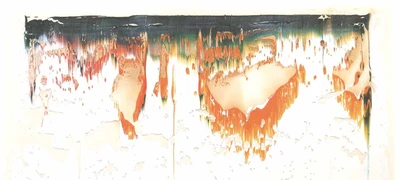Gerhard Richter. Survey

Gerhard Richter is one of the most internationally well-known German artists. The ifa, in a monographic exhibition, shows 27 of his exemplary works. The selection that was made by the artist himself can be considered a retrospective in nuce: it gives insight into all the phases of Richter's creative work – from the photopainting of the 1960s up to and including the abstract paintings of the 1980s and 1990s. His confrontation with recent history can be found in the ifa exhibition as well as in his work entitled 'Black-Red-Gold', done in 1999, which had been commissioned for the Berlin Reichstag, the German Parliament building, following the return of the government from Bonn to the original capital of Germany after reunification.
51 Stops
San Luis Potosí, Mexico
Centro de las Artes San Luis Potosí
2013
02.05.–23.06.
Lima, Peru
Museo de Arte de Lima (MALI)
2012/13
15.11.–24.02.
Bogotá, Colombia
Museo de Arte Miguel Urrutia (MAMU)
2012
08.08.–08.10.
Artists
3 Contributors
Gerhard Richter,
Götz Adriani,
Concept
Nina Bingel,
Project Management ifa
About the exhibiton
The great and single theme of Gerhard Richter – behind and beyond the various motifs, attitudes of style, and quotations from art history – is and remains the art of painting itself, the language and means of expression of which he questions again and again, in the phases of work that seem so heterogenous. In thus can be seen his mistrust of binding oneself to style or content in art, a mistrust which is based on his biography. Moving in the year 1961 from Dresden to Düsseldorf, Gerhard Richter leaves not only his social and political environment, but that of his art as well. He exchanges the artistic tradition of socialist realism of the then German Democratic Republic (the former East Germany) for one of the late informal painting and a beginning involvement with pop art. From this changeover, he retains doubt in regard to any certainty and/or fixed commitment in the field of art. As he formulated it in 1966, 'I have no intentions, no system, no style, no particular case or message.'The artist understands the act of painting as a search for the reality of today: ‘What I saw as my big weakness, namely the inability to ‘create a picture’, is not in fact an incapability, but rather an instinctive striving for a more modern truth, which we are already living (Life is not what is said, but the process of saying, not the created picture, but the creating).’ (3 November 1989)